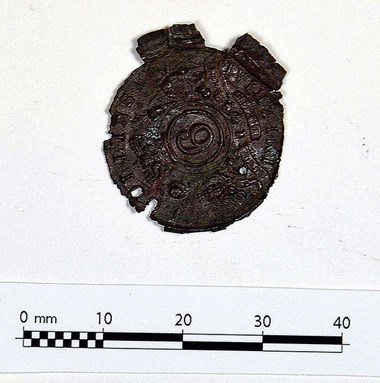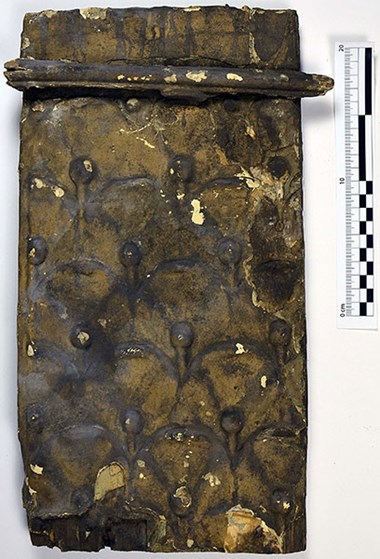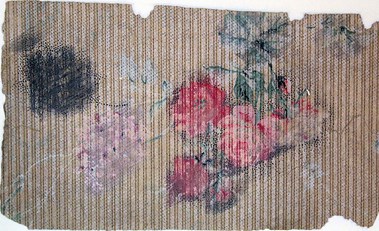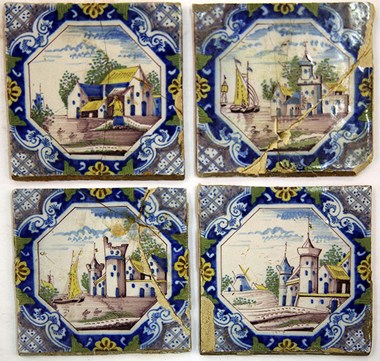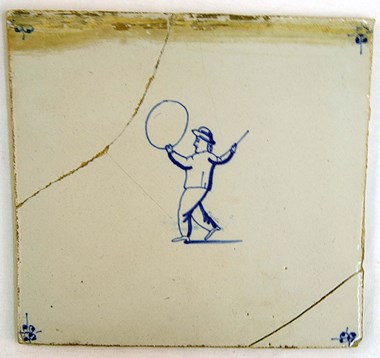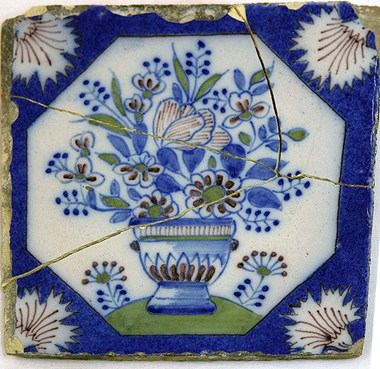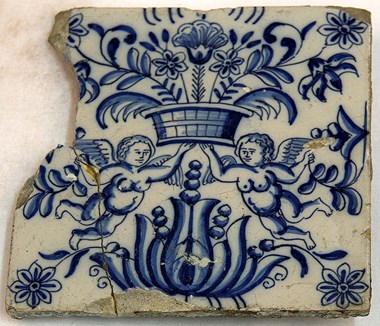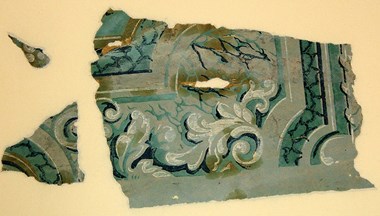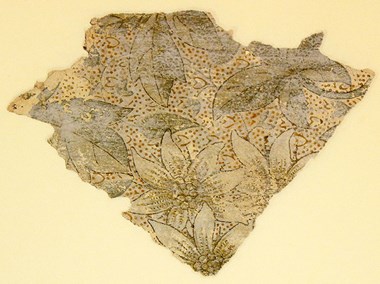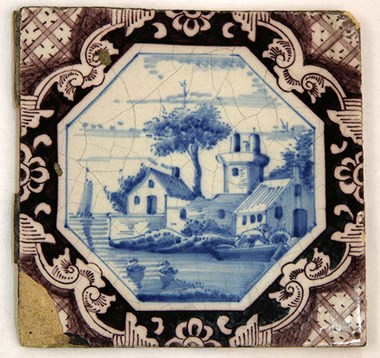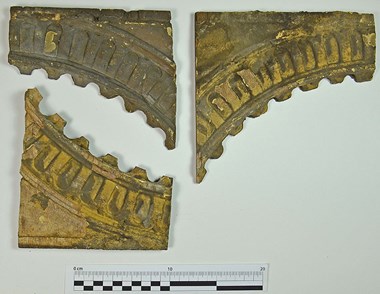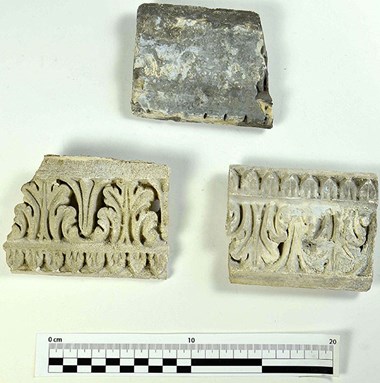Brooke House
Originally a grand Hackney residence to prominent friends of King Henry VIII, Brooke House was converted for use as a private madhouse in 1758.
Notably, Brooke House is closely linked to the famous Monro family of physicians. The Monro physicians spanned four generations and most notably they oversaw practises at Bethlem. Used as a madhouse for nearly 200 years, Brooke House suffered severe bomb damage during the Blitz and was pulled down for safety reasons in the 1950s. Prior to demolition, the building was recorded by the Survey of London and archaeological excavations were undertaken. Elements of the building were saved and they now form a part of Historic England's Architectural Study Collection. Objects saved from Brooke House provide a rare opportunity to have a glimpse inside the madhouse.
How objects have been reused
The historical significance of Brooke House was not entirely removed during its conversion to a madhouse. A number of relatively high status objects were retained and survive in the collection. The Monroes evidently wished to retain historic features. The long gallery was the best survival. The ceiling is particularly special as the surviving fragments illustrate heraldic shields with birds and animals centred on the coat of arms of Lord Hunsdon, owner of Brooke House from 1578 to 1583. What is more, other areas of the madhouse retained historic features including a staircase and a door frame. Integrating historical features into the madhouse suggests that historical connotations associated with the building were intentionally saved.
What objects were chosen and added
Many alterations made to Brooke House were to make it a suitable madhouse in the eyes of the proprietors. The biggest refurbishment was undertaken on the main elevation when a Georgian style front was added. A new staircase, cornices, fireplaces and panelling were added internally. The most amazing survival is a number of wallpaper fragments. Most of the surviving fragments depict floral designs, which would have created a homely and familiar environment for the patients. Other designs would have been used in formal areas or hallways. A number of tiles were also recovered. Brightly coloured, these tiles added cheer to the madhouse environment. Elements of the archaeology collection from Brooke House are now stored by the Museum of London. Objects include fragments of a china tea set, which most likely once belonged to a resident of Brooke House.
Summary of what we know
Objects from Brooke House reveal that this madhouse was clearly designed to impress the families of potential patients and provide a familiar environment for the patients themselves. This building was not just a madhouse, but a home that reflected the Monroes' ideologies concerning the confinement of this sector of society.
Brooke House
Please click on the gallery images to enlarge.


